How To Make Any Fountain Pen Write Smoothly Every Time
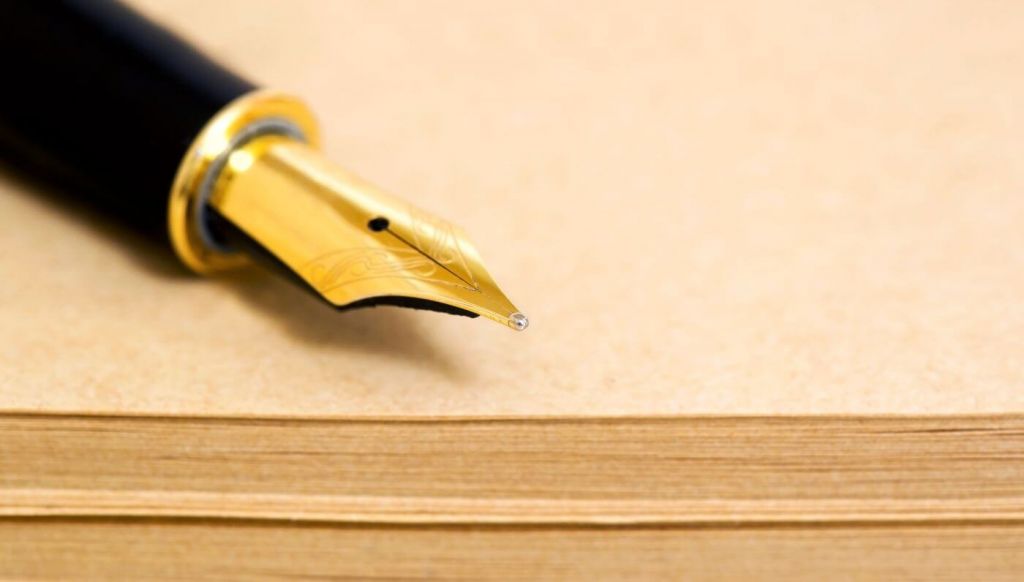
If you have a scratchy or dry-writing fountain pen, you might want to do some maintenance to make it write smoothly. It isn't hard to do, and it's cheap as well.
How to make a fountain pen write smoothly:
- Clean the nib and feed by rinsing with lukewarm tap water
- Dip the nib in vinegar or something acidic
- Clean the feed and reservoir by soaking in tap water overnight
- Flush the feed and reservoir with pen flush
- If the nib is scratchy, smoothen it using micromesh or a smoothing stick
- Clean your pen periodically to prevent it from clogging
Smoothing your nib is pretty straightforward, but you have to keep a couple of things in mind. Also, you might not want to jump to the conclusion your nib is bad immediately. Read on to find out why.
In this article:
Reasons Fountain Pens Won't Write Well
When we talk about a pen that doesn't write smoothly, there are two things you might mean:
- The nib feels rough, scratchy, which means it provides too much feedback to your liking.
- The pen skips and is dry: the ink flow is inconsistent.
If you are experienced with fountain pens, you probably mean the first. But when I first started out, I didn't know how to clean my pens properly, which in turn led to them writing worse and worse over time. So if you have trouble with your ink flow, and the pen is 'dry', you most likely have a problem with the feed. You want to clean your pen thoroughly.
However, if the pen feels 'scratchy', you have trouble with your nib. You want to smoothen your nib. I will touch on both problems in this article, but I will start with cleaning, since a good clean has never hurt anyone, and I always recommend trying the least invasive method first when fixing fountain pens. If you are sure the problem is with your nib, however, please feel free to skip to that subheading straight away.
Then there is a third variable to writing smoothly, which is the paper and ink you're using. I'll also go over that in more detail below. To sum it up:
Things that can go wrong with a fountain pen: the nib, the feed, and the paper & ink
Reasons your fountain pen doesn't write smoothly:
- the nib needs to break in or smoothened
- the nib is scratchy by design, like, for example, Italic nibs
- the nib is damaged, having misaligned tines
- the nib is misconfigured, writing too dry
- the feed is clogged
- you use the wrong paper
- you use the wrong ink
Problems with the nib
Your nib determines how your pen writes 90%. If your nib is scratchy, damaged, or just misconfigured, it can ruin your pen for you 100%. Since most people are looking for ways to make their nib smoother, or wetter, I will walk you through the process in detail.
Problems with the feed
A lot of people don't know you need to clean fountain pens regularly - I know I didn't. Cleaning them out resolves most problems people have with fountain pens, like skipping, writing dry or being hard-starting, and so on. Since some people might just have trouble with their feed, I will discuss cleaning your pens briefly.
Paper & Ink
Since I can be brief on using the right paper and ink, I'll quickly touch on them here, and leave it at that. For the smoothest writing experience, you want the smoothest paper you can afford. I use Rhodia Le R, which is a very nice satin paper and a common fountain pen notepad. It is somewhat expensive, but I find it is absolutely worth every penny (check the price on Amazon).
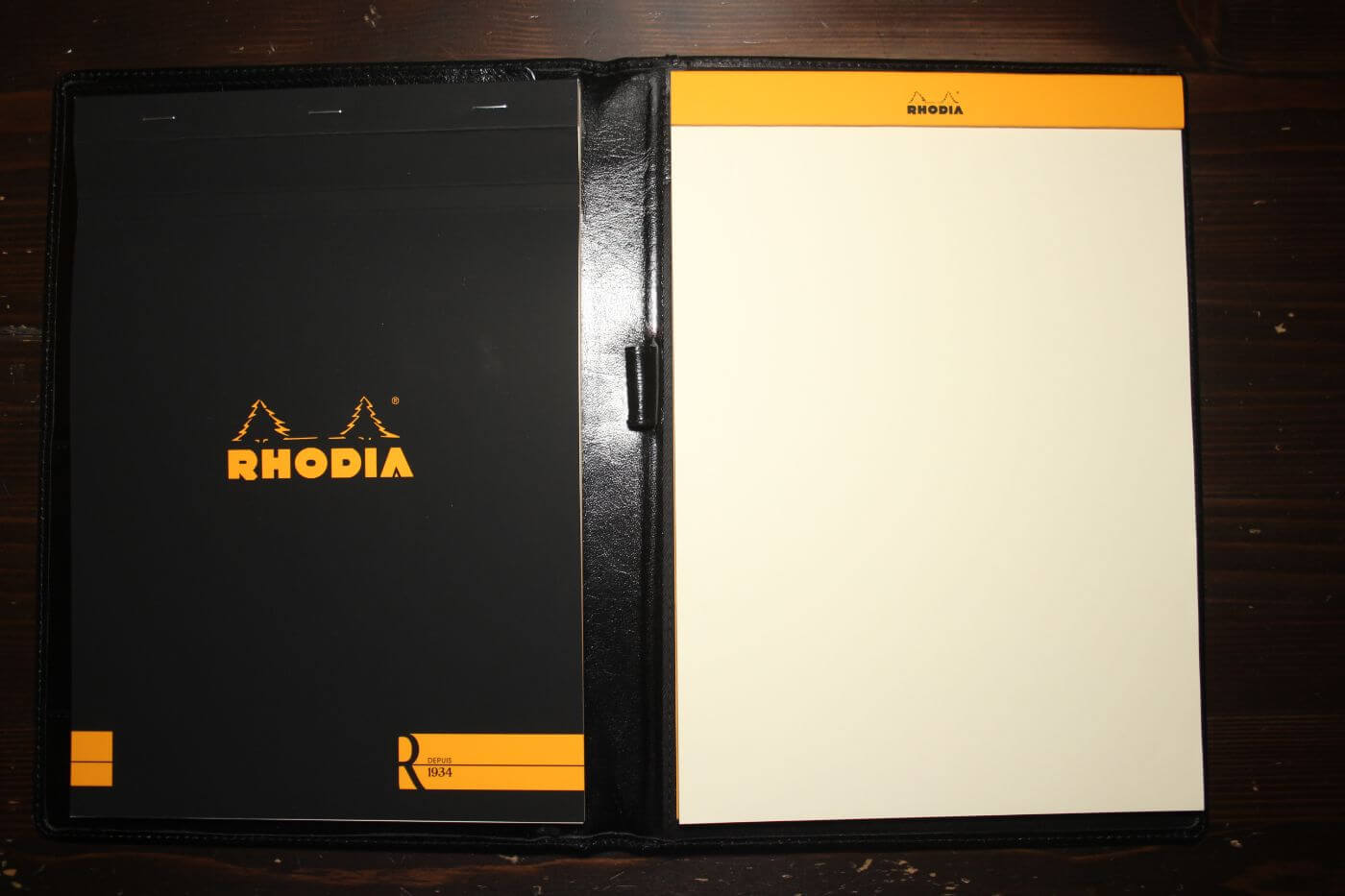
Ink-wise, you simply want to try out different inks until you find the ones you like. Each ink has its own properties; some inks are dry, like Parker Quink, others are wetter, like Diamine. Some are a bit more oily, making them flow nicely, but only if your pen feed can accommodate a more viscose ink. I recommend switching to a thinner ink if you find your pen is writing too dry.
Here's my list of the best-lubricated fountain pen inks, which will improve ink flow a lot.
Before We Start
Inspect the nib for damage or misalignment
Some nibs are misaligned, causing them to feel scratchy. You first want to fix any misalignment issues before smoothing the nib. If you smooth the nib while it is misaligned, you will no longer be able to realign the tines.
Make sure the pen isn't dried out
If you're unsure whether the problem is with the nib or the feed, I recommend cleaning the pen before doing anything else. Especially if your problem is skipping or the pen is hard-starting. That's most likely a feed problem. Over time, the ink in the pen's reservoir and feed dry out. You can't really help it; if you don't use the pen for a while, it will eventually dry out. This can also make the nib feel more scratchy, since the ink doubles as a lubricant for the nib as well. So making sure you have good ink flow before concluding the problem is with the nib is crucial.
New fountain pens sometimes need breaking in
If you have a new fountain pen, be sure to practice patience. Sometimes, a brand new pen needs to break in. It is okay to smoothen the nib yourself to speed up the process, but it will most likely fix itself naturally. For more information on new fountain pens, in particular, you can read my article on breaking in new fountain pens here.
Some pens are scratchy by design
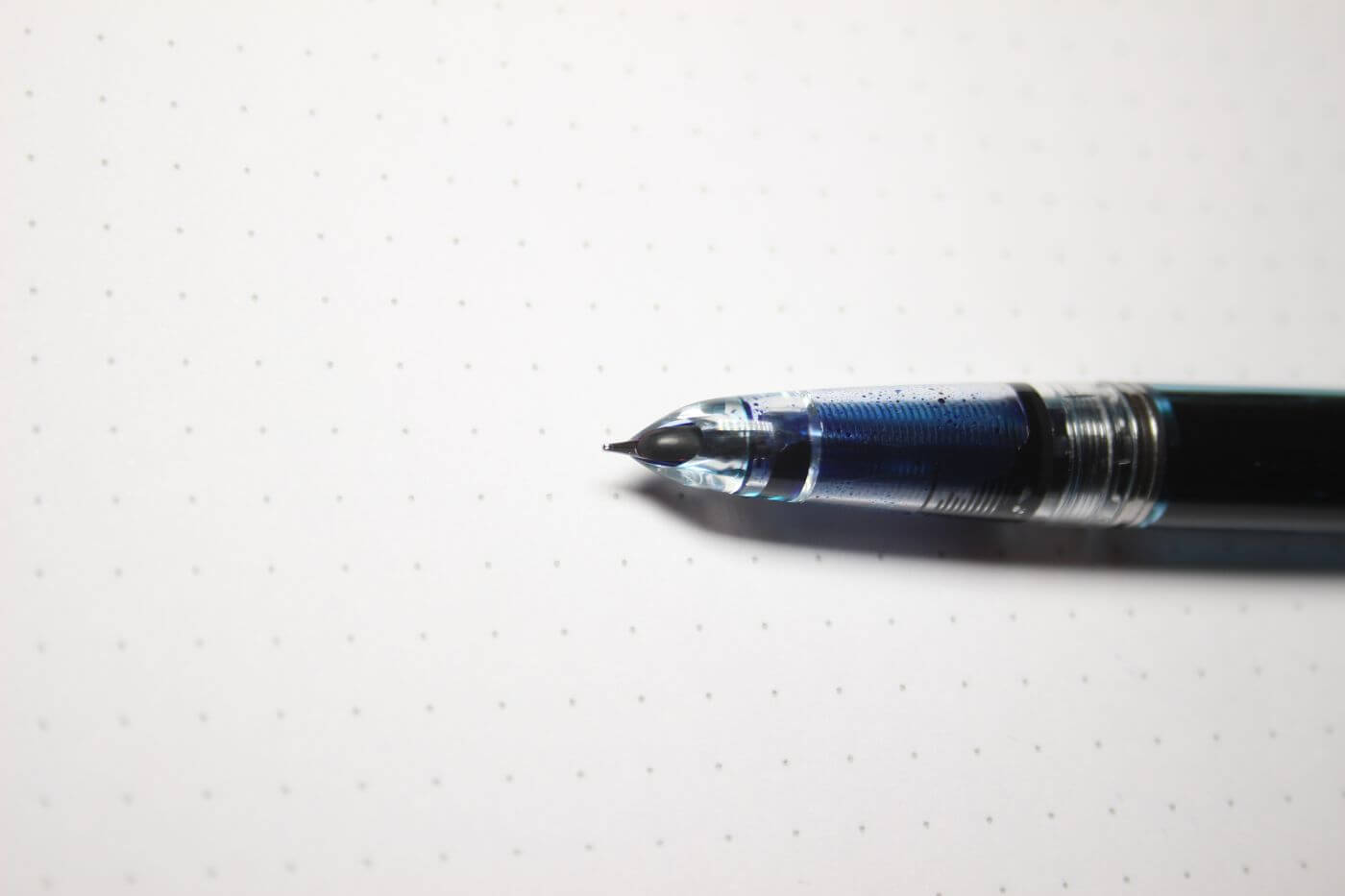
Some nibs will always be scratchy, and no amount of smoothing will fix them. This is especially so with Fine (F) or Extra Fine (EF) nibs. When using a fine nib on cheap paper, the scratchiness will become close to unbearable. To have a good writing experience with a fine nib, you need to use very smooth paper and a thin ink instead. Other nibs that are scratchy by design are cursives, or italic nibs, and other broad nibs like stubs and obliques. Check out my complete overview of 19 Fountain Pen Nibs with pictures here.
How to Clean Your Nib
- Clean the nib with water
- Clean the nib with vinegar
I always recommend cleaning out the fountain pen before doing anything else. Sometimes, gunk builds up inside your nib, making it scratchy. You could pick up steel shavings from all kinds of sources. This step will prevent you from doing any unnecessary tweaking. Cleaning your nib is simple.
Clean the nib by rinsing it under the tap. Use lukewarm water; you don't want to use hot water. If your pen allows it, take out your nib before cleaning.
If cleaning with warm water doesn't resolve the problem, try cleaning it with something acidic, like vinegar. You could also use a homemade pen flush.
How to Clean Your Feed for Consistent Ink Flow
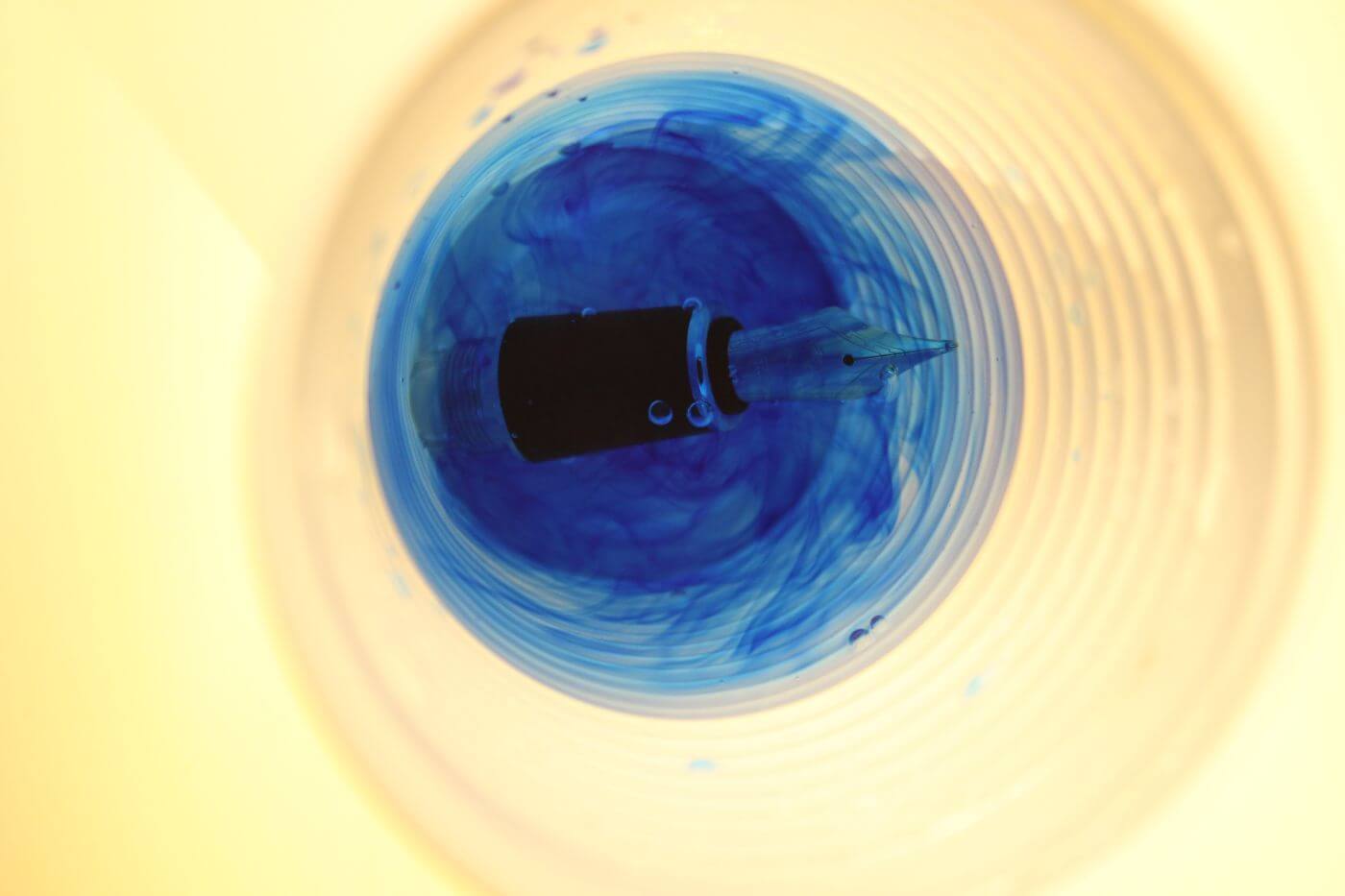
- Clean the feed by soaking it in (distilled) water overnight
- Use pen flush if necessary
- In the future, do periodic maintenance to prevent clogging
Cleaning the feed (and optionally your ink reservoir) is a matter of flushing it thoroughly, then soaking it, and then flushing it again.
You want to flush it until the water that comes out of the feed is almost clear. Next, put your feed in a plastic cup and let it soak in tap water (or use distilled if you insist). After a night, flush it again to ensure all residue is out. After that, simply let it sit for a couple of hours to air dry.
If you have used a particularly pigment-rich ink (you can see by how much it stains your plastic), you might want to use pen flush. I have written an article that explains how to make your own fountain pen flush for about $2.
If you have used calligraphy ink in your fountain pen, you might need to clean it ultrasonically. Calligraphy ink is very pigment-rich and isn't meant for use in fountain pens: it will clog up any feed it passes through. Be sure to avoid calligraphy ink at all times.
How to Smoothen Your Fountain Pen Nib
- Smooth the nib using micromesh or a smoothing stick
- Smooth the nib using a ceramic cup
- Smooth the nib using a whetstone
- Make sure to keep the pen inked up, or dip it in water before every pass
- Clean thoroughly before and after smoothing
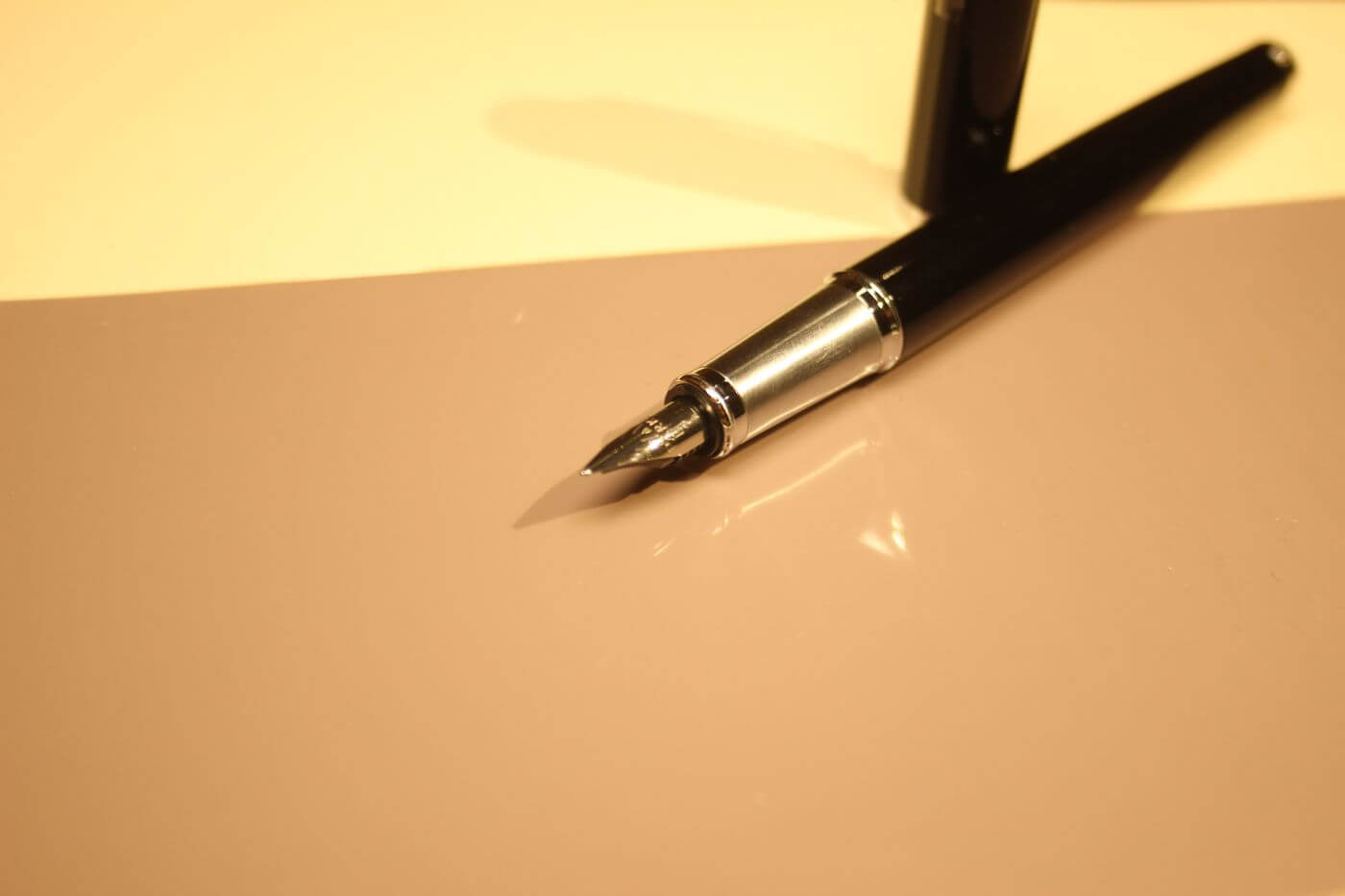
Use micromesh or a smoothing stick first
How to smoothen your fountain pen nib? Before smoothing your nib, you want to clean it thoroughly. Make sure there is ink in the reservoir, and the pen has good ink flow: you will use it as a lubricant. Take a piece of micromesh or a smoothing stick and write figure-eights at your normal writing angle. After a dozen passes, test the result. Flush the nib in between passes to make sure you get a nice clean feel when testing it. Repeat this process until satisfied.
Micromesh is a very fine-grid sanding paper. You can get it at fountain pen stores or in train model stores. You could also use a smoothing stick instead.
Use a coarser surface if needed
If this doesn't fix your scratchy nib, you should resort to something more coarse first. You could use a whetstone, although you are now in the domain of the nib grinder. You will alter the change of your nib.
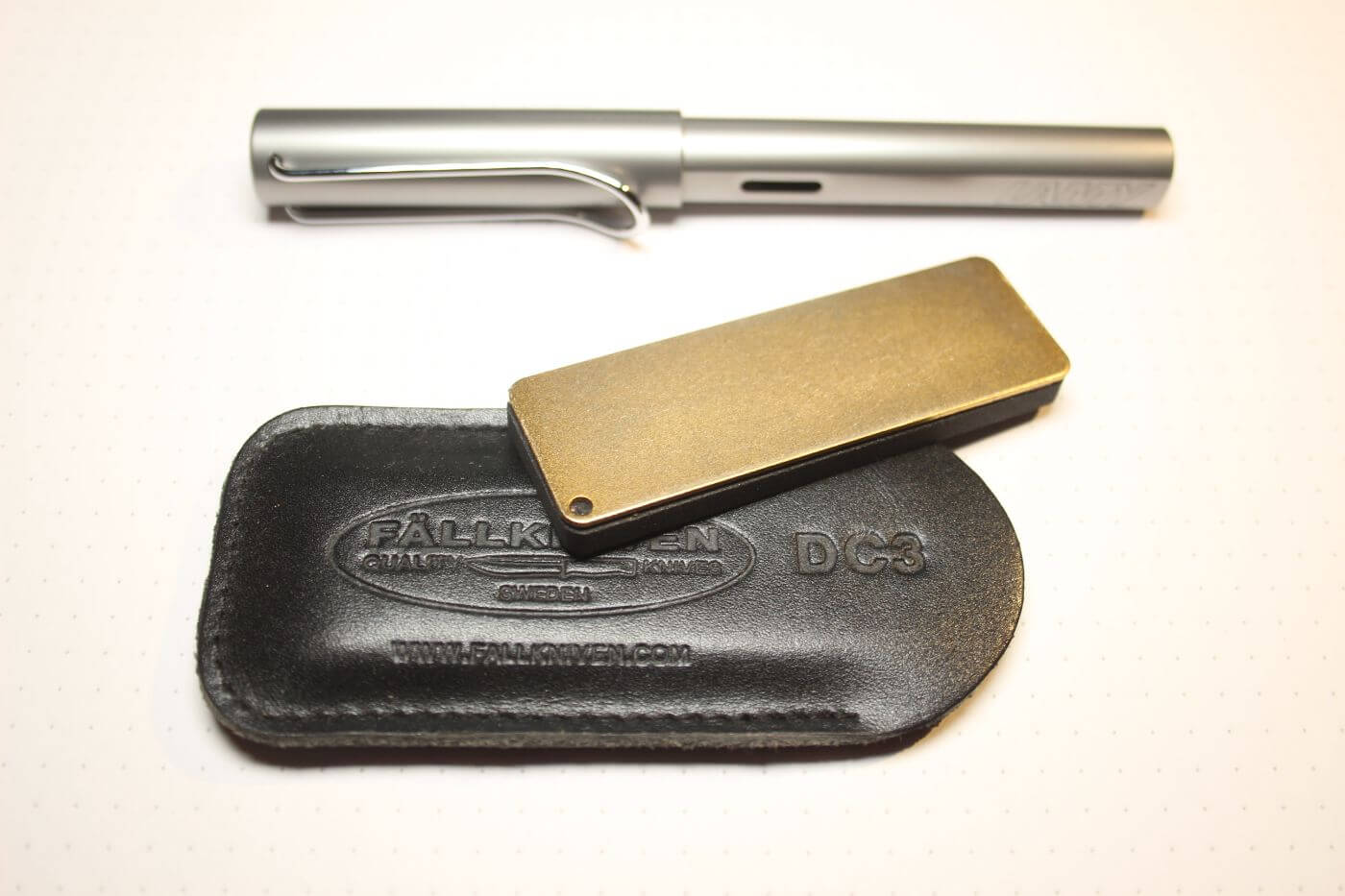
I have found this diamond sharpening stone (Amazon) to be an incredible tool. It has a synthetic diamond side (between 600-1000 grit), and a very fine ceramic side (roughly between 1000-3000 grit). Micromesh is about 1500 grit, so this stone is a very neat and durable solution.
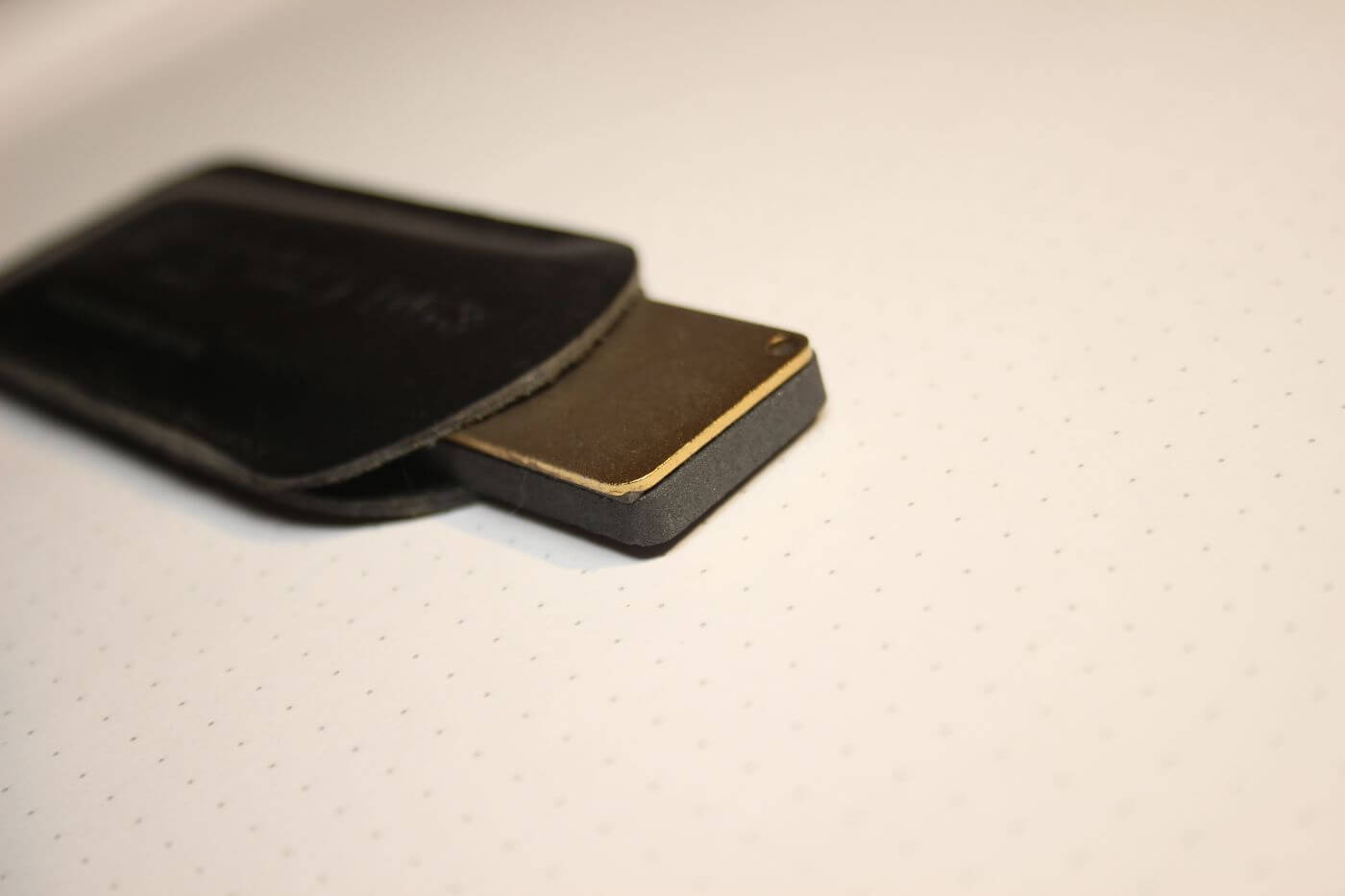
You could also use the bottom of a ceramic mug; unglazed ceramic is a natural sharpening stone too. Or you could, of course, resort to your knife's whetstone. Whetstones do tend to be a lot coarser than micromesh. If you use a coarse surface, be sure to follow it up with a finer surface to smooth out the nib.
Here's a video that I found very helpful in explaining the core concepts of nib smoothing:
How to Make Your Fountain Pen Wetter
- Use your fingernail to gently push the tines apart.
- Use a safety razor blade or a piece of thin brass film to widen ink channel between the tines a little. This will make the pen write wetter.
In some cases, the nib simply needs more lubrication: you simply need more ink flow. Before altering the nib, I suggest trying out some different inks that are more oily, or thinner, depending on the speed of your feed.
If switching inks doesn't help, you could make your nib wetter. I have done this successfully multiple times using a very simple method and even simpler tools.
The first thing I recommend trying is to gently push the nib into the top of your fingernail. This will force the tines apart, allowing for better ink flow. Try it and test it, then repeat until satisfied. Here's a good video by sbrebrown explaining the process in-depth:
The second method is a bit more invasive, let's say, but I have done it without damaging any nibs multiple times, so I'd say it is safe to try at home. At your own risk, of course.
How to make a nib wetter? You make a nib wetter by making the nib's ink channel larger. The ink channel is the slit in between the tines. Use a very thin piece of metal, ideally brass, but you could also use a safety razor blade. Gently slide it in between the tines and move it up and down a couple of times. Rinse the nib and test the result before repeating.
Here's a good video by the Pen Habit explaining this method in more detail:
Caution: this will change the pen permanently. Move slowly and deliberately; you only get one shot—test between every pass.
My top 3 tools for nib adjustement
- Micro-Mesh sheets (check price on Amazon) - for polishing and grinding nibs. Use the 3200 grit and above.
- Jewelers loupe (check most popular on Amazon) - for inspecting tine alignment and adjustments.
- Diamond stone (check price on Amazon) - for grinding new nibs, like italics, I really like this DC3 diamond/ceramic whetstone. The ceramic side is 15 micron or 1200 grit, the diamond side is 25 micron or 700 grit - which makes it great for quickly grinding a new edge to any material.
If you appreciate quality supplies you can check out my recommendations at Must-Have Maintenance Gear for Fountain Pen Users.
Did you find the answer to your specific question?
👍 24 👎 1
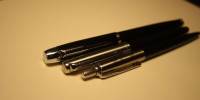
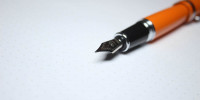
Comments
Tim
Thank you. Very helpful.
Leave a comment